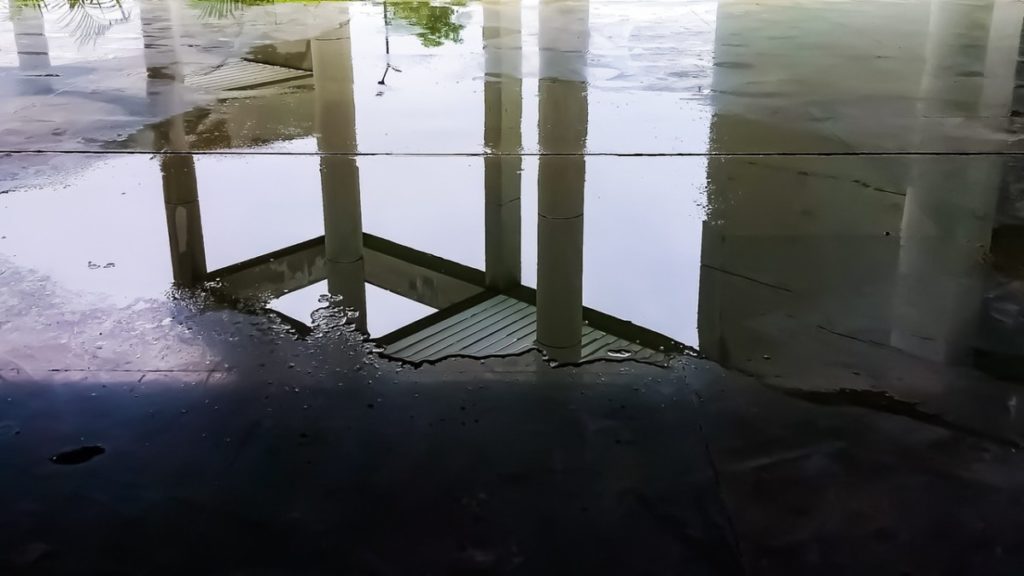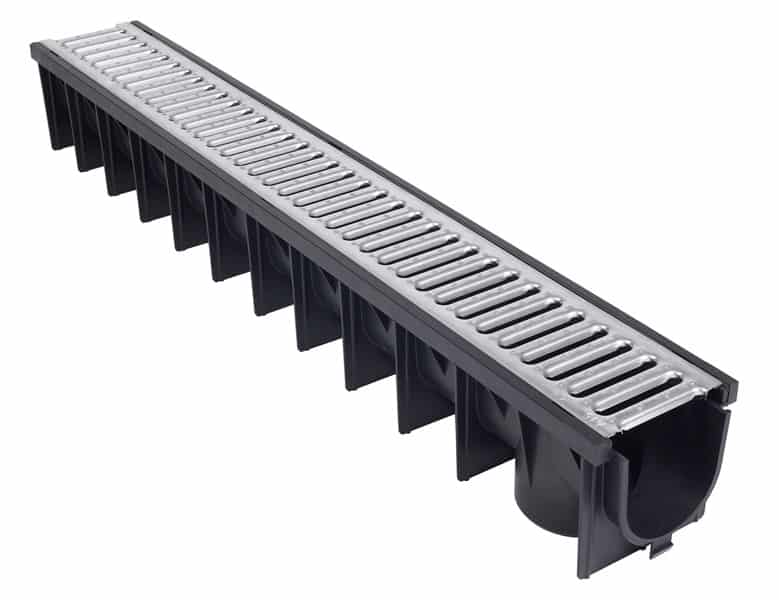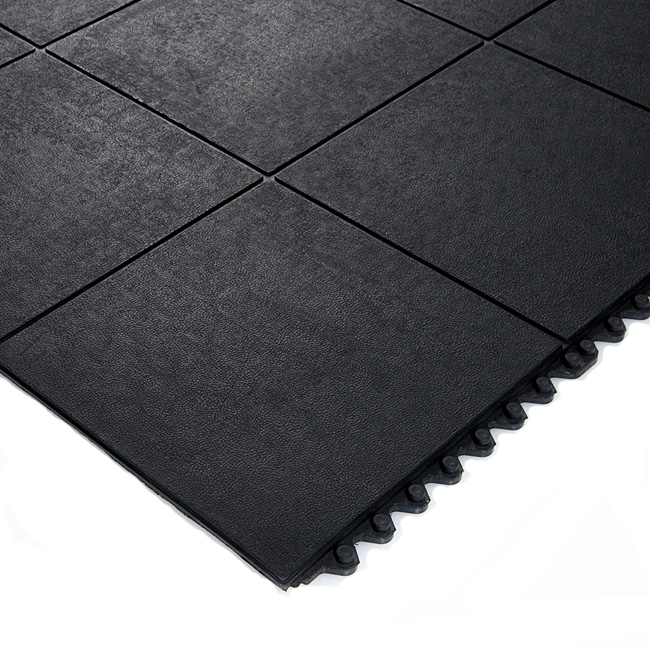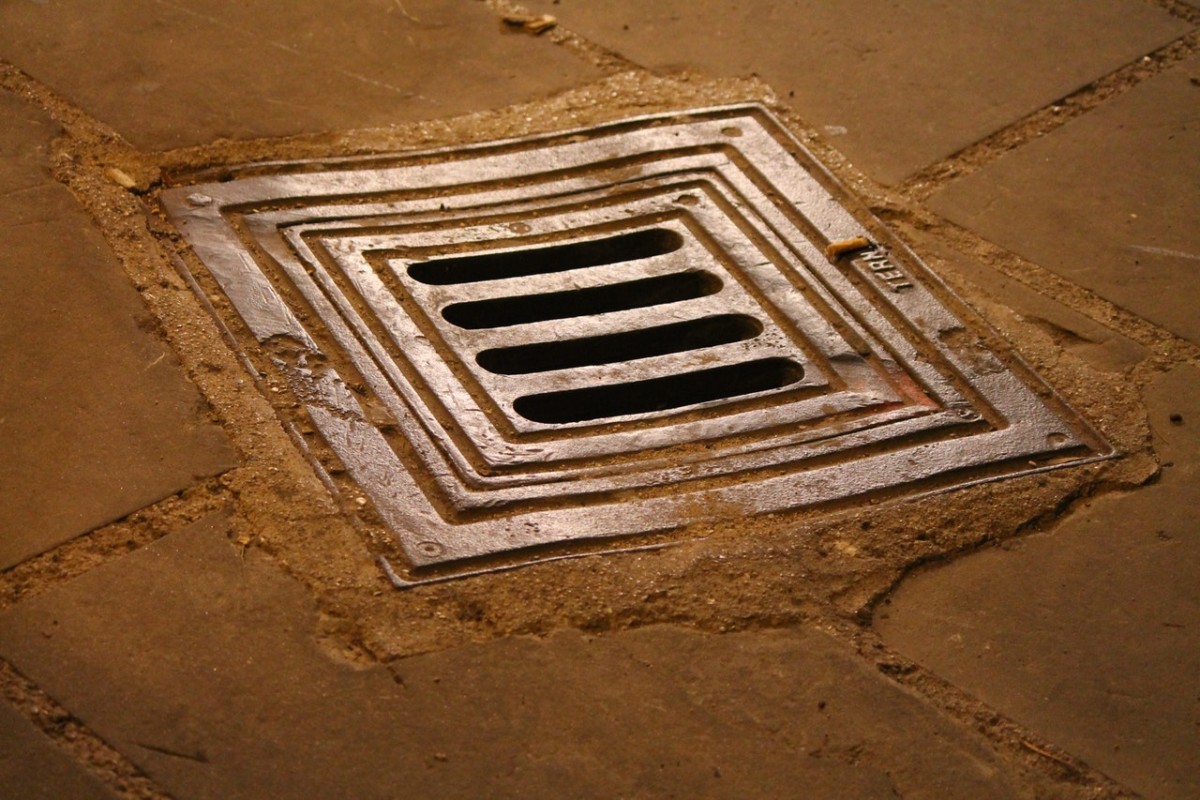A garage may not seem like the heart of the home, but, many times, much of a family’s life is stored in the garage. You have probably noticed how many memories are packed in your garage, along with equipment used for recreation by your family. With all the special mementos and tools people keep in their garages, many people may wonder how to keep it all safe from water damage.
Does a garage need a drain? Floor drains in the garage are the best solution to avoid frustrations and problems with pooling water.
There are situations where garages do not have drains, or the city code will not allow them. If you can add a drain to your garage, there are options to consider. Read on to find out the advantages of garage drains, how to install them, information about city regulations that may not allow garage drains, and more!
Table of Contents
Does a Garage Need a Drain?
Having a floor drain in your garage helps get rid of water that enters your garage. Its overall purpose is to prevent water from standing on the garage floor.
There are many ways that water can get into your garage, such as:
- Storms (both rainstorms and snowstorms)
- Your car will drip rainwater or melting snow onto your garage floor.
- Some wash their cars and even their clothes in their garage.
Why You Want Water Kept out of Your Garage

Preventing water from pooling in your garage does more than avoid damage to your property. Slipping and falling on standing water is dangerous. Also, standing water tends to become a breeding ground for mosquitoes. Besides, standing water can cause odors and mildew, all of which can make being in the garage frustrating and uncomfortable.
Installing a Garage Floor Drain
If you want to install a garage floor drain, the first consideration is how the garage floor slopes. Sometimes there is a drain in the middle of the floor, and the garage slopes towards the center, where all the water is meant to drain. Other times, the garage floor slopes to the garage door.
Ideally, the garage slope is planned out before the concrete is poured for the floor. However, it is possible to retrofit a garage with a drain after it is built. It is more complicated, though. A part of the slab floor of the garage would need to be cut out, and the drainpipe ran where it needs to be. The slab would then be repoured with the proper slope.
With the right abilities and tools, a homeowner can retrofit a garage drain without hiring a contractor. However, this project requires heavy machinery that may go beyond basic do-it-yourself know-how.
Types of Drains for Your Garage

According to Everything About Concrete, there are two different drain options for garages.
Square Drains
Square drains are usually six inches to a foot wide and are quick and easy to install. These are often installed in the center of the floor with the garage floor sloping to encourage water to drain. If a garage has more than one bay for multiple cars, there may be a drain in each bay.
Trench Drains
Trench drains, often called channel drains, are another way to ensure water does not build up and pool on your garage floor. If your garage floor slopes towards the door, the trench drain is the most suitable.
Trench drains are a more expensive option than a square drain, and it will take longer to install in your garage. These drains are sectioned and connect, creating a channel for water to drain away from the garage. They are typically placed just outside the garage door right into the driveway. They can also be placed inside the garage directly into the floor.
What If Your City Does Not Allow Garage Drains?
According to the Federal Emergency Management Agency (FEMA), building codes regulate the construction and reconstruction of buildings, including homes. It is a minimum set of requirements to keep people safe, which means you cannot build beyond the codes minimum standard.
Some cities and towns have individual rules regarding garage drains. You may even discover side-by-side towns that have different laws. Also, the regulations tend to change every few years, and what was acceptable in the past is no longer part of the current building code. It is essential to check with your local office that handles building codes to ensure drains are allowed.
What Can You Pour Down Garage Drains
One of the reasons cities might not allow garage drains are the environmental concerns of what might end up down the drain. These drains connect to sewer systems, septic tanks, or dry wells. Chemicals in any of these areas are thought to cause potential problems with hazardous materials getting into the groundwater.
Do not pour gasoline, oil, or even paint down the garage drain. Most areas do not allow chemicals to be poured down any drains, and there are rules in place on how to dispose of chemicals. It is helpful to contact your local authority and hazardous chemicals and find out local regulations and expectations.
What to Do When Your Garage Drain is Clogged
Clogs are a concern for any drain. The garage drain should have a grate to keep anything that is not liquid from going into the drain. Grates should be cleaned regularly to prevent the top of the drain from becoming clogged. Sometimes, though, items get into the drain, and it needs to be unclogged.
Clearing the Clog
- Remove the grate over the drain and remove as much of the debris as you can by hand.
- Try to plunge the drain to get any remaining blockage to break up and move.
- Use hot water and a plunger to ensure water is moving through the drain.
- If you prefer natural ingredients, add hot water to the drain and add baking soda. Next, add vinegar. Let it bubble up for several minutes before flushing with water.
If the above tactics do not work, try snaking the drain. If all fails, check into hiring a plumber for assistance. It is helpful to plan on the regular maintenance of the garage drain to keep it working correctly. By clearing out the debris regularly, your drain is likely to continue working without problems.
Why Is My Drain Clogging?
Sometimes, a garage drain clogs because sediment builds up over time, narrowing the inside of the pipe. Other times, the pipe freezes over during cold months. Also, if the drain lines connect with a sewer line, the sewer might be blocked, causing the drain to back up.
Solutions Other than Drains

If you are in a situation where you cannot install a garage drain, there are other options. There are garage floor mats that have channels that will guide water away from areas where it pools. It is not as effective as having a garage drain, but it will help prevent some damage from standing water.
To Conclude
A garage benefits significantly from having a drain. By having a place for water to go, you can worry less about water pooling from rain or melting snow. Plus, you can even wash your car and not worry about a washing machine overflowing and causing property damage.
Check with your local building code department to find out if you can build a drain with new construction or retrofit your garage with a drain after it is built before you begin.
Image Credits: Jay Vaghela from Pexels



0 Comments